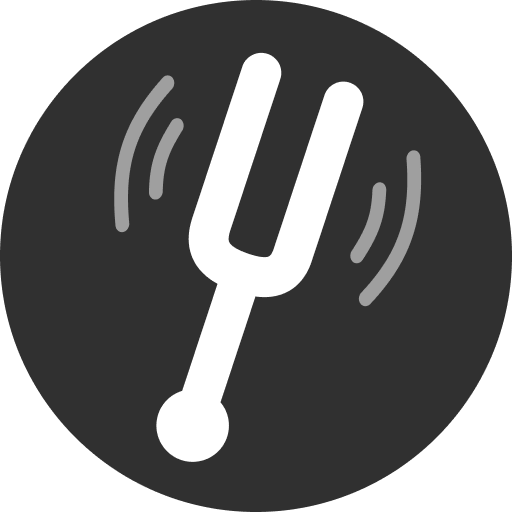Online tuner for cello with microphone
On this page your can tune a cello using the microphone of your device. You can also tune by ear, using this page as a virtual tuning fork.
Click on the note names on the left side or the piano keyboard to play sound of the notes.
Cello tuning 101
Cello, as any other wood instrument, needs to be re-tuned from time to time. Weather, temperature and humidity affect the wood, causing it to contract and expand, which in turn changes the tension of cello strings.
Cello has four strings, tuned in perfect fifths. Starting from the thickest string to the thinniest (that is, from lowest to higher notes):
Tuning of a cello is done by using 2 different means: the four tuning pegs on the scroll for the approximate initial tuning and the four fine tuners on the tailpiece for, well, finer adjustments when the pegs already have been tightened.
Tuning instructions
Depending on how much your cello is out-of-tune, using fine tuners alone may be sufficient if the instrument is mostly in-tune. However, if the strings are very off-pitch, both pegs and fine tuners will be used to tune the cello.
Always start tuning with the lowest string (C2) and then proceed to the higher ones: G2, D3 and finally A4, the thinniest string.
-
Before tightening the string to the correct pitch, it’s best to loosen it first. Loosen a string so that it sounds 1 or 2 tones below its target pitch (e.g. for a C string, it’ll be A or B note). Pluck a string to produce sound, then loosen the peg while looking at the tuner or using your ear to stop at 1-2 semitones below the string pitch.
Be extra careful with the peg turning direction so that you don’t accidentally tighten the string!
- After loosening the string, start tightening its peg until it start sounding roughtly at the right pitch. You don’t need to tune the string perfectly yet–you’ll need to redo each string again anyway. It’s better to give yourself some room for that final adjustment.
- Repeat the same process for each remaining string.
- After this initial pass, check the bridge alignment to see if it’s still stricly perpendicular to the soundboard. If not, you may need to adjust it.
- Start again with the thickest string and repeat the whole process, using smaller and smaller adjustments
-
Finally, when each string is very close to its correct pitch (withing a semitone or so), use the fine tuners for the final tuning.
Avoid tightening the fine tuners all the way! If you find yourself doing that, start the process again and tighten the peg more for that string.
 MyGuitarTuner
MyGuitarTuner